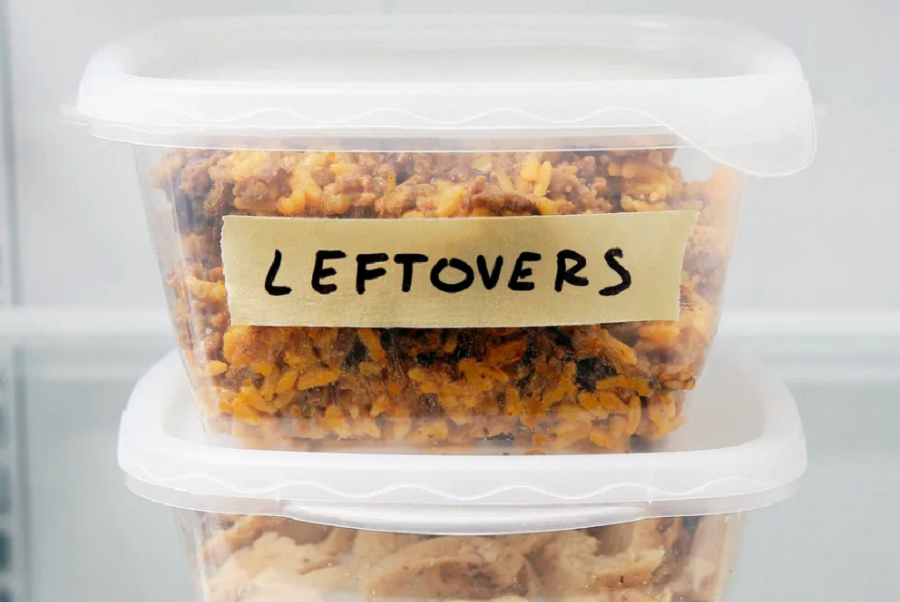
Published :
Updated :

After eating, we all have leftover food in our houses, restaurants, and hotels. However, preserving food at the right place and temperature is essential to ensure food safety and reduce food waste.
Preserve the food immediately
Cooked food should be cooled down immediately and stored in the refrigerator within two hours.
Don't leave cooked food at room temperature for too long; otherwise, microbes will start to form on the food.
By storing the food in cool storage, the growth of these bacteria can be reduced, and reheating the food afterwards can kill other remaining germs. Store your food and divide it into portions for quick cooling and safe preservation.
Right container for your food
The best storage appliances for preserving leftover food are airtight, plastic, ceramic, glass, ziplock or resealable bags, foil paper, and other food-grade safe containers.
Please choose the correct container for your food and preserve it accordingly. Remember that refrigerated food is safe to eat within the next 3-4 days, so try to finish it as quickly as possible.
The right temperature and right place
It is best to refrigerate leftover food at or below 4oC to prevent bacteria or mould growth. While reheating, use a microwave at 600C to kill any potentially harmful bacteria.
To avoid disease contamination, don't store cooked food with raw meat. Instead, store them separately in different places, like cooked food in the fridge and raw meat in a deep freezer.
Keeping a track
To prevent your food from going to waste or becoming frozen solid, keep an eye on your leftovers and track when they are left in the fridge to avoid storing them for too long. Labelling food at the top of the container can help to identify food content and storage time.
Reheating
Using a microwave, use a safe heating container to reheat your food. For soups, gravy, casserole, or liquid food, reheat by boiling it until hot.
Reheat at the right temperature, within 74oC or 165oF, to eliminate bacteria.
It is best to do this during the heating process to distribute the heat evenly throughout the food.
Leftover food might cause food poisoning, sickness, and stomach pain if not appropriately preserved. It also helps to grow bacteria on the surface. So, next time, carefully handle your leftover food for safer consumption and healthy eating.
spurba2003@gmail.com


 For all latest news, follow The Financial Express Google News channel.
For all latest news, follow The Financial Express Google News channel.